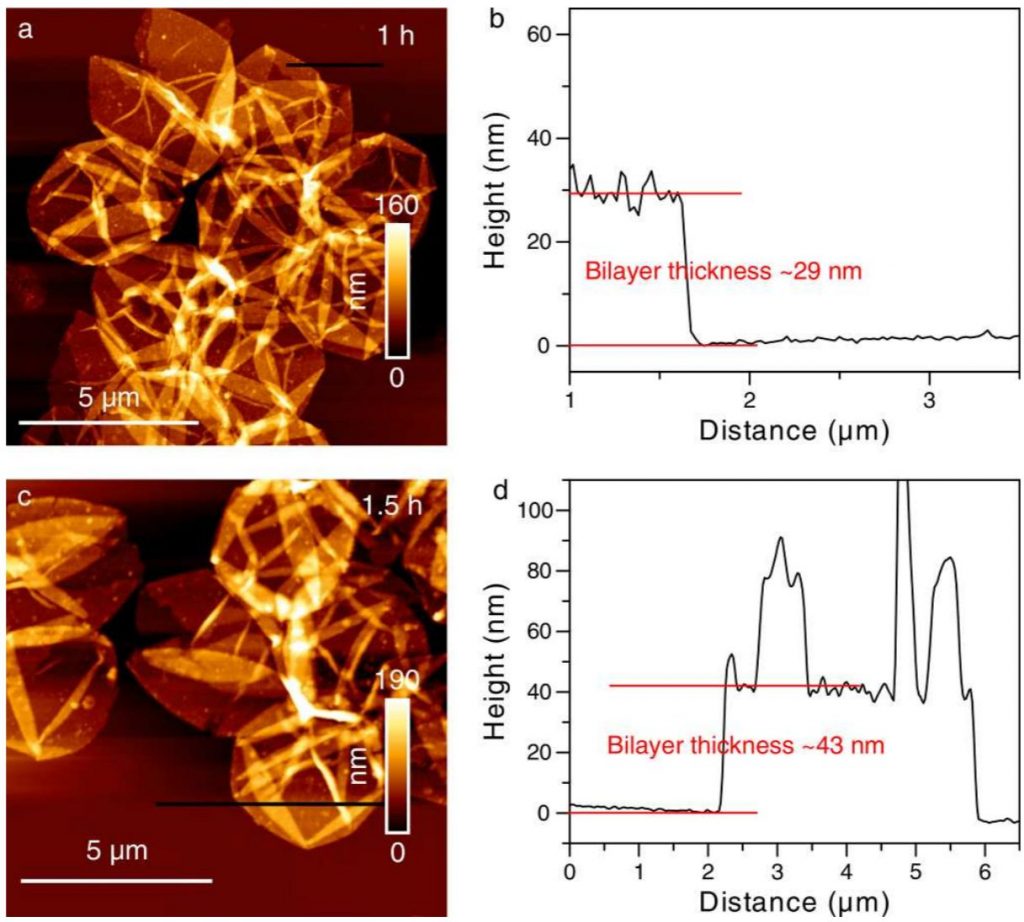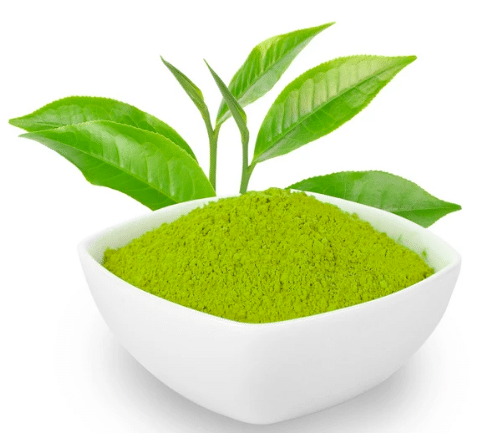Australian experts have developed a technique for assembling metall-phenolic networks using green tea infusions. Metal-organic (including metal-phenolic, of course) networks is not a very young but very promising direction of materials science, which has applied significance for a wide range of areas, such as catalysis, luminescence, work with gases, nonlinear optics, energy storage and other smart words. Obtaining such a demanded material using such a cheap “consumable” as green tea is economically attractive. In addition, the study has demonstrated that the choice of phenolic ligand and its source, as well as the assembly protocol (e.g., using solution-based or solid-state iron sources), can be used to tune the properties of metal-phenolic networks.

It should be noted that in their experiments, Australian scientists used a rusty nail, which was immersed in green tea.











